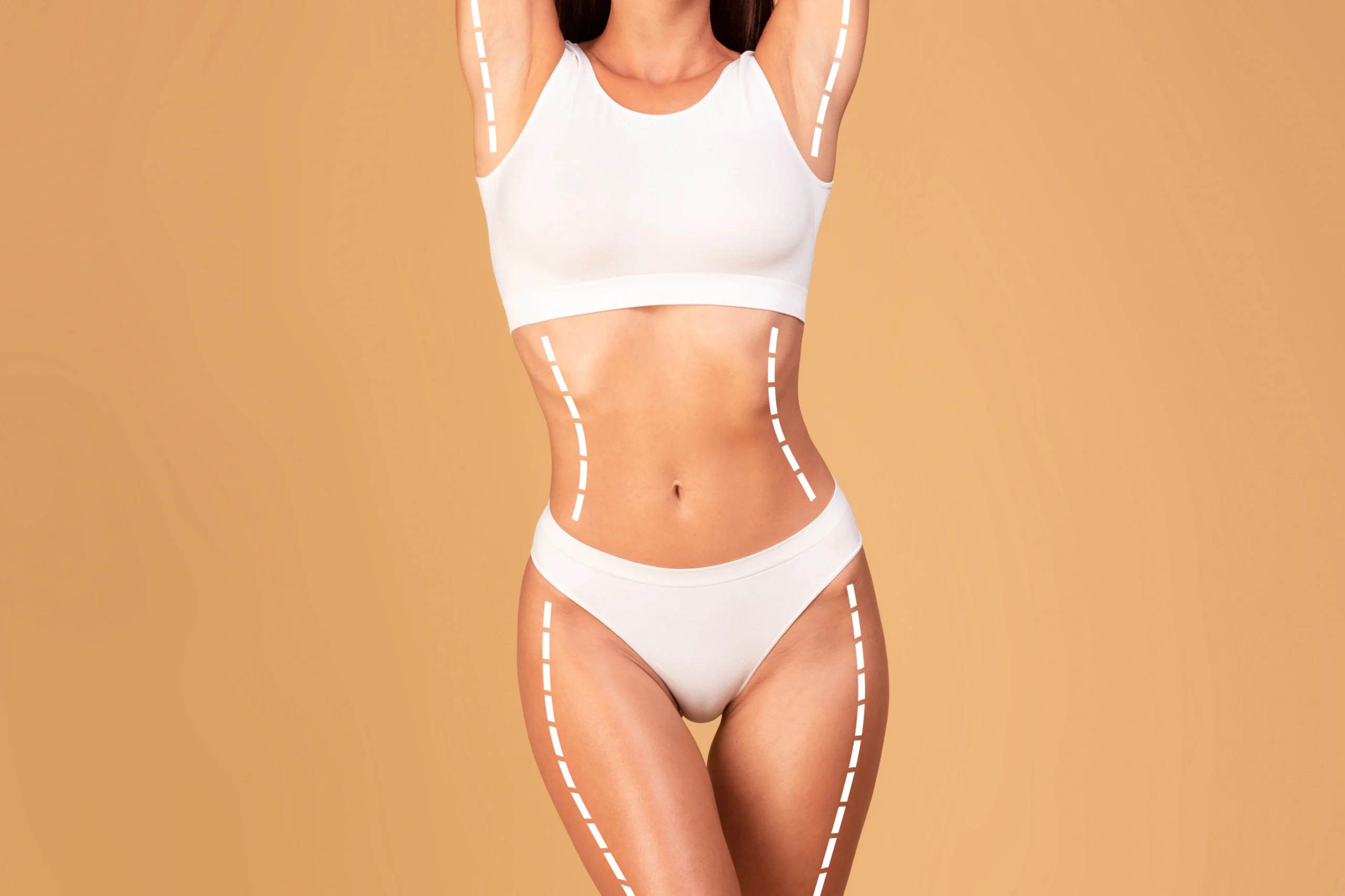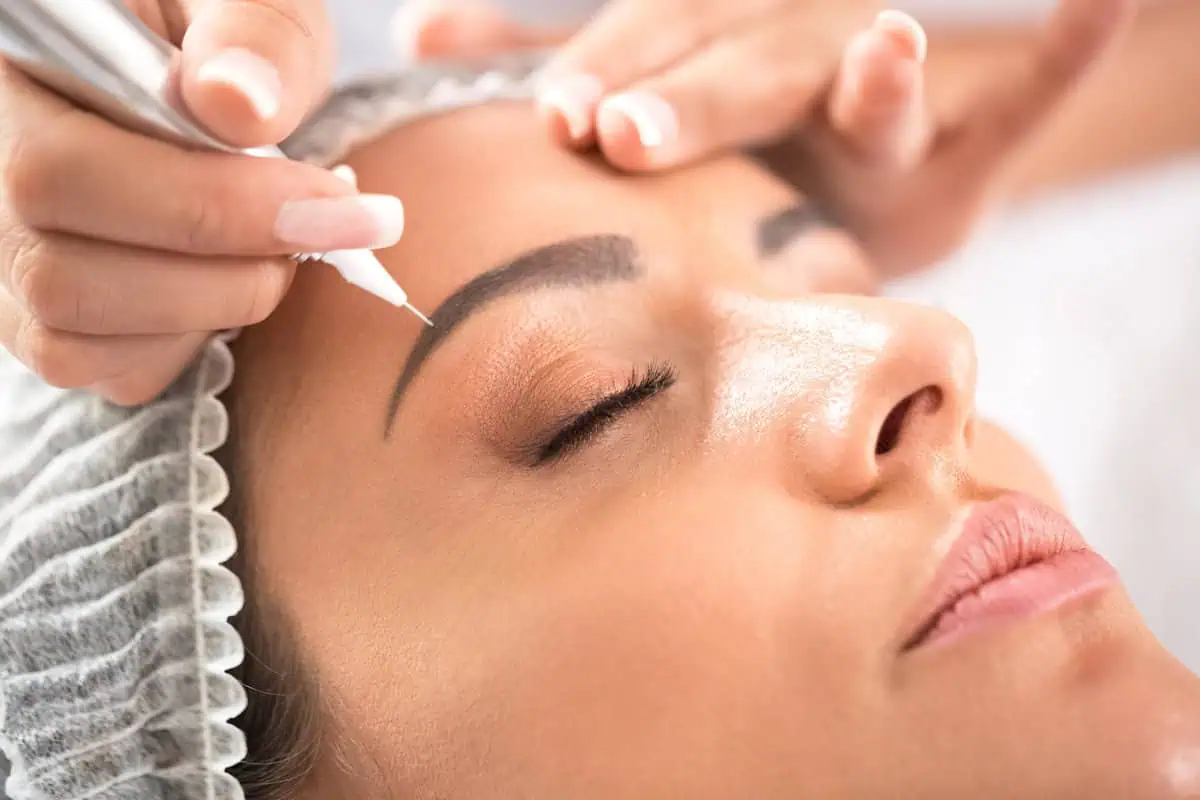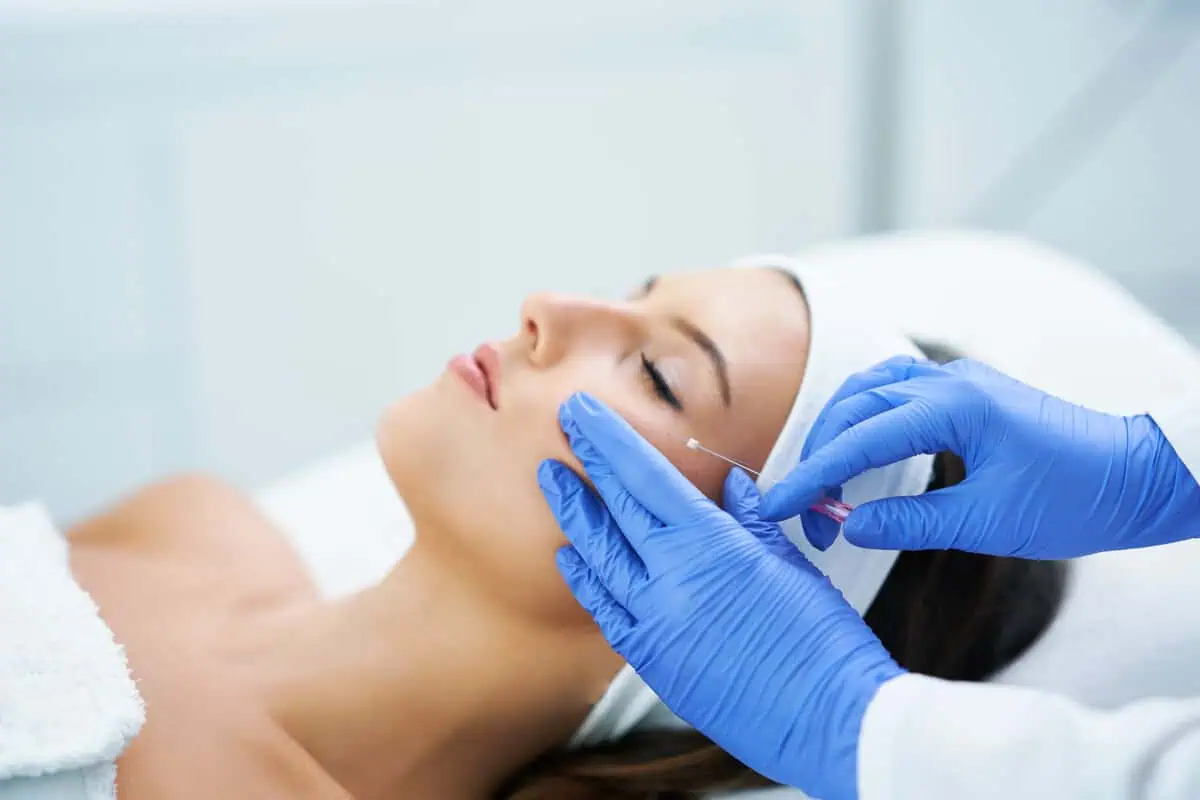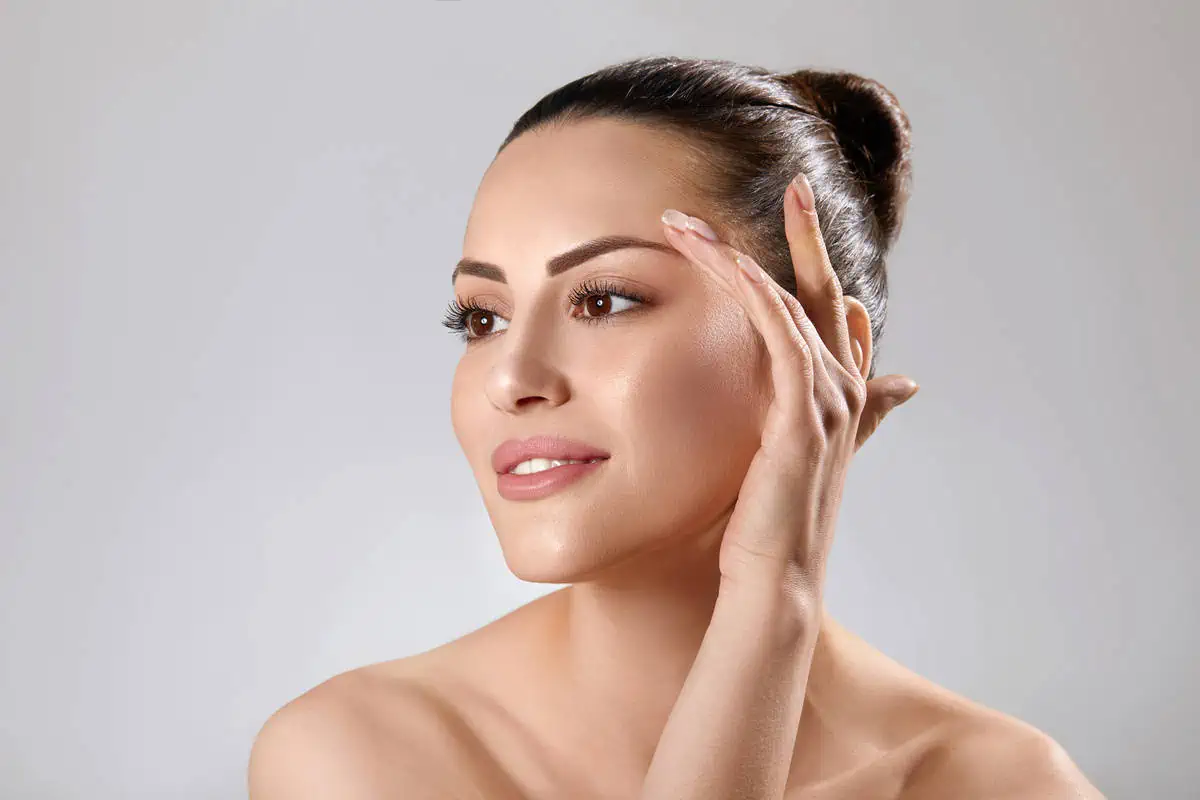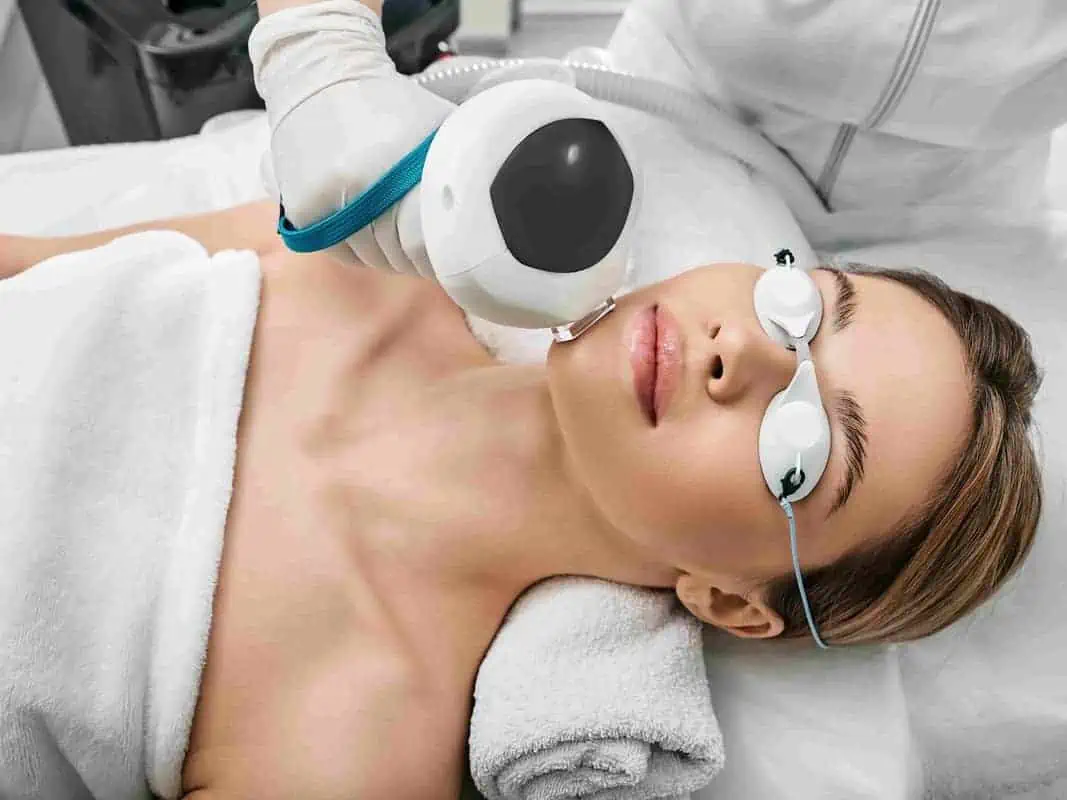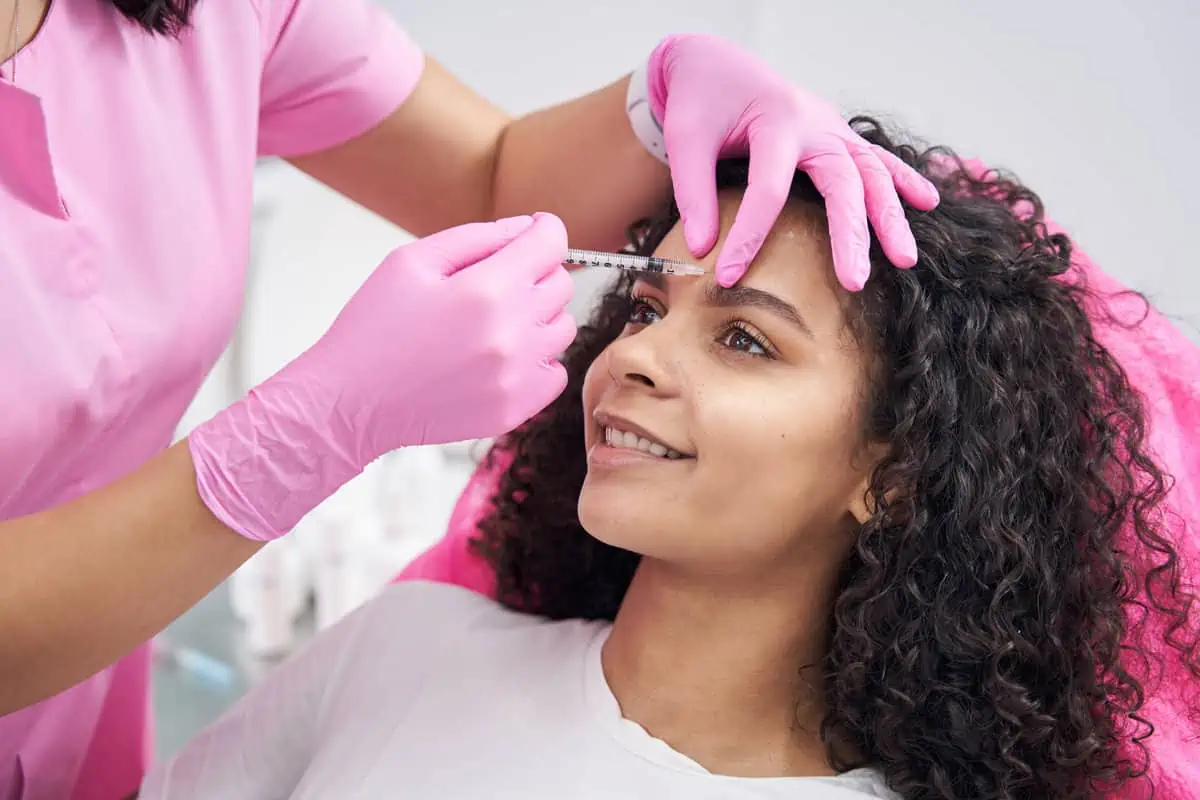
Table of Contents
Microblading and eyebrow tattoos are two popular cosmetic procedures that can transform the appearance of your brows. While both techniques aim to enhance and define the brows, there are distinct differences between the two. Knowing these differences may make a difference in deciding which option best suits your needs and preferences.
What is Microblading?
Microblading for eyebrows is a semi-permanent cosmetic tattooing technique that creates the appearance of natural-looking eyebrow hairs. The process involves using a handheld tool with fine needles to deposit pigment into the uppermost layer of the skin delicately. This creates thin, feathery strokes that mimic the look of individual brow hairs.
The microblading procedure is performed by a trained and licensed technician. They use a specialized microblading pen to meticulously draw on hair-like lines, following the natural arch and shape of the client’s brows. The pigments used are designed to fade over time, making the results appear more natural compared to a traditional tattoo.
One key benefit of microblading is the ability to achieve a customized brow look that complements the client’s facial features. The semi-permanent nature of the treatment also means the results last for several months on average before requiring a touch-up session.
What is an Eyebrow Tattoo?
An eyebrow tattoo is a permanent cosmetic enhancement procedure that uses a traditional tattooing technique to fill in and shape the brows. During the treatment, a technician employs a tattooing machine to deposit colored pigments directly into the skin.
The process results in a solid, defined brow shape that remains vibrant and clearly visible for an extended period. On average, eyebrow tattoos can last years before requiring a color refresher session to maintain the desired appearance.
The long-lasting nature of eyebrow tattoos is a key advantage for some clients. Those seeking a bold, consistent brow look may be drawn to this option. However, the invasive nature of the tattooing process also means the procedure is generally more painful and requires a longer healing period compared to other brow enhancement techniques.
Critical Differences Between Microblading and Eyebrow Tattoos
When it comes to enhancing the appearance of the brows, both microblading and eyebrow tattoos offer unique approaches.
Appearance:
- Microblading creates a more natural, hair-like look with delicate, feathery strokes.
- Eyebrow tattoos result in a more filled-in, solid brow appearance.
Longevity:
- Microblading is semi-permanent, typically lasting 12-18 months.
- Eyebrow tattoos are more permanent, lasting 3-5 years on average.
Invasiveness:
- Microblading is a less invasive procedure, depositing pigment into the uppermost layer of the skin.
- Eyebrow tattoos involve a deeper penetration of the skin using a traditional tattooing machine.
Procedure:
- Microblading uses a handheld tool with fine needles to meticulously create individual hair-like strokes.
- Eyebrow tattoos utilize a tattooing device to deposit pigment in a solid, uniform manner.
Maintenance:
- Microblading requires occasional touch-up sessions to maintain the desired brow look.
- Eyebrow tattoos generally need less frequent maintenance, but the color may fade over time.
Microblading vs. Tattoo Longevity
Microblading is considered a semi-permanent cosmetic procedure, with the pigment typically lasting between 12 to 18 months on average before requiring a touch-up session.
The temporary nature of microblading is achieved through the placement of pigment in the uppermost layer of the skin. Over time, the body’s natural exfoliation process gradually fades the pigment, necessitating periodic maintenance appointments to refresh the brow shape and color.
In contrast, eyebrow tattoos are a more permanent solution, with the pigment penetrating deeper into the skin. This results in a longer-lasting brow enhancement, with the tattoo remaining vibrant and clearly defined for 3 to 5 years on average before requiring a color refresher.
The extended longevity of eyebrow tattoos appeals to individuals seeking a low-maintenance, long-term solution for their brow concerns.
Microblading Safety Precautions
During the initial consultation, the technician will assess the client’s skin type, medical history, and any potential sensitivities or allergies. This evaluation helps determine if microblading is a suitable option and whether any modifications to the procedure may be necessary.
The microblading healing process is also a crucial consideration. After the treatment, the brows will go through a period of scabbing and flaking as the pigment settles into the skin. Clients must follow the technician’s aftercare instructions meticulously, including avoiding water, makeup, and excessive sun exposure during this time. Proper care helps ensure a smooth healing process and reduces the risk of complications.
Individuals with oily skin may also have additional factors to consider. Microblading on oily skin can present unique challenges, as the natural oils can cause the pigment to blur or spread over time. In such cases, the technician may recommend alternative techniques, such as using a different pigment formula or adjusting the depth of the strokes to accommodate the client’s skin type better.
When Can You Expect Results?
The entire healing process for microblading takes approximately six weeks. During this time, the brows will experience scabbing and flaking as the pigment settles into the skin. This can cause the initial results to appear darker or more intense than the final outcome.
As the healing progresses, the pigment will soften, and the brows will take on a more natural, hair-like appearance. By the end of the six-week period, clients can expect to see the final, healed results of their microblading treatment.
Clients must follow the technician’s aftercare instructions during this healing phase to ensure the best possible outcome. Proper care, such as avoiding water and excessive sun exposure, can help the brows heal smoothly and maintain their shape and color.
Preparing For A Microblading Appointment
Clients should refrain from consuming alcohol for at least 24-48 hours prior, as alcohol can thin the blood and increase the risk of excessive bleeding during the procedure. Additionally, certain medications, such as blood thinners or non-steroidal anti-inflammatory drugs (NSAIDs), should be avoided unless otherwise advised by the technician.
It’s essential to consult with the microblading technician for specific pre-appointment guidelines. They may have additional recommendations based on the client’s health history and skin type. Following these instructions closely can help optimize the microblading experience and promote a smooth healing process.
Proper preparation also involves ensuring the brow area is clean and free of any makeup or skincare products on the day of the appointment. This allows the technician to work with a clean canvas and ensures the pigment can be applied effectively.
Takeaway
As a leading provider of advanced cosmetic treatments, Timeless Laser offers expertly-trained technicians who will guide you through the microblading process, ensuring exceptional results that last. Whether you’re looking to fill in sparse brows, create a more symmetrical shape, or elevate your overall look, Timeless Laser’s microblading services can deliver the bespoke solution you’ve sought.
Take the first step towards your dream brows and schedule an assessment with Timeless Laser today. Our specialists will work closely with you to understand your unique needs, develop a personalized treatment plan, and walk you through the procedure step-by-step. With Timeless Laser, you can feel confident achieving the bold yet perfectly natural brows you’ve always wanted. Contact us today!
